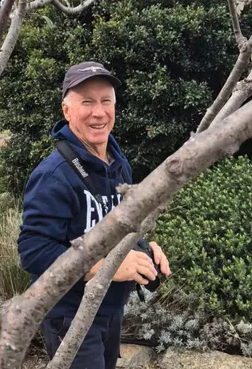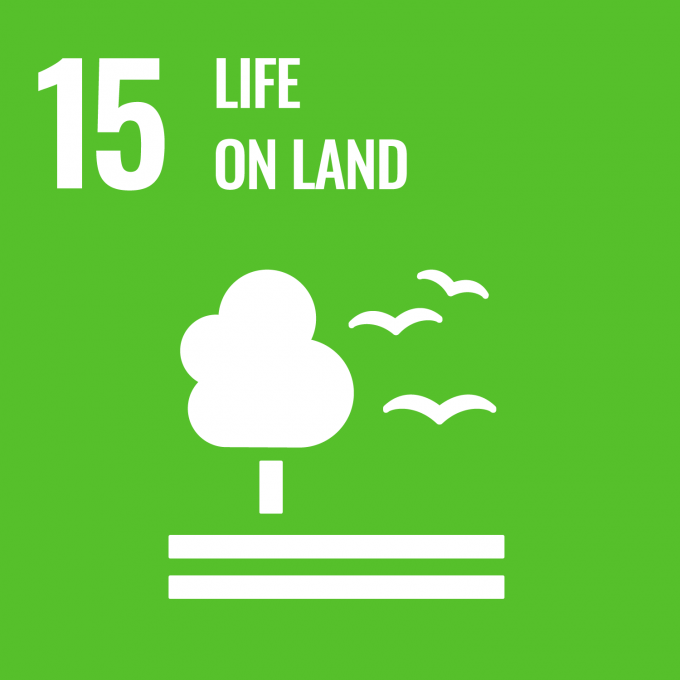Itinerary
Tour day-by-day
-

Day 1: Lincoln National Park & Mikkira Station
You will be met by your personal Australian Coastal Safaris bird guide at 9am. Your birdwatching adventure begins at Billy Lights Point, a haven for bird enthusiasts. This short walk showcases a diverse array of water and bush birds in a stunning setting of coastal mallee and sheltered bays. Among the species you might encounter are Pied, Little Pied, and Black Cormorants, Grey and Chestnut Teal Ducks, Osprey, White-Bellied Sea-Eagles, Sooty and Pied Oyster Catchers, and Rock Parrots. Vibrant bush birds such as Striated Pardalotes, Western Yellow Robins, Superb Blue Wrens, Blue-Breasted Wrens, White-Browed Babblers, and New Holland Honeyeaters also thrive here, making it a truly delightful experience for nature lovers.
Our next destination is Tulka, a quaint coastal hamlet with a bird hide that offers excellent views of waders, swans, and sea birds. This area is also renowned for Southern Emu-Wrens, often seen near the historical well first dug by Captain Matthew Flinders during his 1802 exploration.
You will then explore the stunning Port Lincoln National Park, spanning 29,000 hectares. From the rugged beauty of Sleaford Bay and the Southern Ocean to the serene beaches of Spalding Cove, the park offers endless opportunities for birdwatching. Following Flinders' historic journey, visit dramatic cliffs, perfect for spotting Osprey, White-Bellied Sea-Eagles, Kites, and Harriers. Around Wanna Cliffs and Stamford Hill, you may catch a glimpse of rare species like the Mallee Fowl, Purple-Gaped Honeyeaters, Spiney-Cheeked Honeyeaters, and Dusky Woodswallows.
After a hearty Aussie-style picnic, you will head to Mikkira Station, home to wild koalas in old Eucalypt trees. This tranquil setting also hosts kangaroos, emus, and a variety of bush birds, including Port Lincoln Parrots, Golden Whistlers, and the occasional Scarlet Robin, making it a perfect end to a remarkable day.
Overnight Accommodation: There are various levels of accommodation available including the Port Lincoln Hotel (4 star) or South Point Private Beach House.
-

Day 2: Tumby Bay, Todd River and Greenpatch
After an early morning pickup, you will take an exciting journey along the east coast of the Eyre Peninsula. The day will focus on visiting the best locations for birdwatching, tailored by your guide to maximize sightings. You may explore areas like Tumby Bay and Second Creek, where you will search for sea birds, Ruddy Turnstones, and the endangered Hooded Plovers, which nest along the region's beaches.
From there, you will venture off the main road into the Greenpatch and Koppio area. This region, dominated by farming and grazing lands, also features extensive Conservation Parks and birding hotspots. Here, you may encounter rare species such as the Yellow-Tailed Black Cockatoo, alongside birds of prey like Wedge-Tailed Eagles, Peregrine Falcons, and Hobby Falcons. Other potential sightings include Herons, Egrets, Sacred Kingfishers, Tawny Frogmouths, Kestrels, White-Winged Choughs, and the stunning Superb Blue Wren or Blue-Breasted Fairy Wren.
As the day unfolds, you will visit the Todd River area, renowned for its abundant bush birds. Keep an eye out for ducks, Australian Boobooks, Red Wattlebirds, Rainbow Lorikeets, Honeyeaters, Grey Fantails, and Southern Scrub or Western Yellow Robins. A picnic lunch will offer a relaxing break to observe birdlife in a peaceful setting.
This day will be all about spontaneity, allowing for unexpected discoveries and unique bird sightings as you explore this remarkable region.
Overnight Accommodation: There are various levels of accommodation available including the Port Lincoln Hotel (4 star) or South Point Private Beach House.
-

Day 3: Coffin Bay & Big Swamp
In the morning, you will be picked up to begin your journey to the stunning Coffin Bay, renowned for its world-famous oysters and breathtaking natural beauty. This area, home to diverse flora and fauna, is classified as a maritime wilderness, with unique bays and inlets found nowhere else on the coast. You will explore Coffin Bay National Park, known for its dramatic coastal scenery, including ancient granite, limestone, and sandstone cliffs, as well as pristine beaches framed by white sand dunes. The park's slender peninsula juts out into the ocean, offering rugged headlands, islands shaped by the Southern Ocean, and incredible contrasts of landscape.
Wildlife will be abundant, and you may spot Western Grey Kangaroos, Emus, Goannas, Dolphins, and even snakes. Throughout the 31,000-hectare park, there will be ample stops for photography and time to stretch out on golden sandy beaches while enjoying the fresh sea air. Birdwatching opportunities will be exceptional, with species like White-Bellied Sea-Eagles, Ospreys, Caspian Terns, Hooded Plovers, and Wedge-Tailed Eagles commonly seen.
Lunch will take place at 1802 Coffin Bay Oyster Bar, where you can indulge in gourmet seafood. Following lunch, you will embark on a 1.5-hour tour with a Coffin Bay oyster farmer. Against the scenic backdrop of Coffin Bay, you will visit an oyster lease to learn about Pacific and Native Angasi oysters, including the process of cultivating these delicacies. You'll even sample freshly harvested oysters straight from the rack, understanding why they are sought after worldwide.
The final stop will be at Big Swamp, where you can visit a bird hide to observe species such as Black Swans, Musk Ducks, Pink-Eared Ducks, Black-Winged Stilts, and Cape Barren Geese, bringing your day to a memorable close.
 About Your Guide: John Schramm
About Your Guide: John SchrammBorn on the Eyre Peninsula, John Schramm has spent his life as a 'country boy' and family man, working on numerous farms and forming solid connections with local communities, farmers and characters throughout this region. John's passion for birding flourished here, observing how birds adapt and thrive in unique landscapes, bushland, and terrain. By listening, he gains insights into how different species interact and survive. Birds of prey have fascinated John since childhood, a fascination he now shares with his grandchildren and the stories of his encounters are truly remarkable. Be entertained by his stories, his history, his knowledge as an authentic Aussie 'bloke'.
-

Tour details
Group Size: Minimum of 2 guests, maximum of 4 guests
Pick-up and Drop Off Point: Port Lincoln Airport or Port Lincoln accommodationsPick-up and Drop-off Time: Upon arrival or 9:00am - Upon departure or 5:00pm.
Inclusions - touring with professional, local and experienced guides, airport transfer and all transport in luxury 4WD Land-Cruiser, Oyster Tour & Tasting, all National Park & other entry fees, Daily Continental breakfast, Daily lunches, beverages, local wines & beer, birds of Southern Eyre Peninsula Pocket Guide book
Private Touring: Available at additional cost - please enquire with your group size & interests.
Languages: Translation services for private tours available in Mandarin.How you'll be making a positive impact
We have aligned our sustainability vision with the United Nation’s Sustainable Development Goals (SDGs). Citizen Science with Australian Coastal Safaris
Citizen Science with Australian Coastal Safaris
Australian Coastal Safaris contributes observations of flora & fauna via iNaturalist, the world’s leading global social biodiversity network. This platform allows our team to create research-quality citizen science data that enables a more detailed picture of our national biodiversity, and assists bodies such as the CSIRO, ecologists and other decision makers to deliver better outcomes for the environment and our species.
Media Gallery
-

Summer Walking and Wellness Sojourn
From $7,060 USD
12 days/11 nights
Available months: January to April, October to December.
-

Coast to Coast Diving Australia
From $7,310 USD
16 days/15 nights
Available months: March to October.
-

Eyre Peninsula Wildlife & Ocean Encounters
From $1,225 USD
3 days/3 nights
Available months: January to May, October to December.














